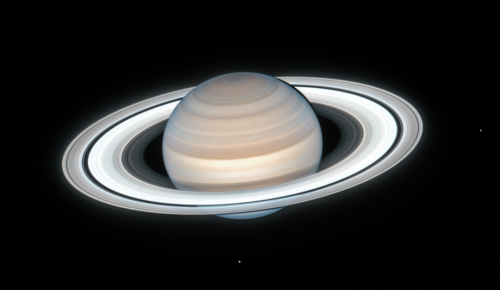NASA’s safety panel expresses concerns about Starliner
My heart be still: During a teleconference yesterday, members of NASA’s safety panel expressed concerns about Boeing’s Starliner capsule while cautiously and very tentatively endorsing SpaceX’s intention to launch future manned missions with reused Falcon 9 first stages and reused Dragon capsules.
I consider this safety panel worse than useless. For example, based on this news report, they appear to have had little involvement in the NASA/Boeing investigation into the issues that caused the premature de-orbit of first unmanned orbital test flight of Starliner. Instead, it appears they have simply reviewed that investigation, and are now just kibbitzing from the sidelines.
Of course NASA should be concerned about the 80 issues it found, mostly involving software. No one needs this safety panel to tell the agency this.
Meanwhile, the panel’s tentative support for reusing Falcon 9 boosters and Dragon capsules is merely a rubberstamp of already decided NASA policy, and also illustrates the panel’s uselessness. This safety panel spent the last five years blasting everything SpaceX was doing (causing many delays), while literally missing the real elephant in the room, Boeing’s own quality control issues.
It appears to me that NASA is very gently and quietly making the safety panel irrelevant to its operations. Even better would be to disband it entirely. It serves no purpose other than to delay and block future exploration, sometimes foolishly.
My heart be still: During a teleconference yesterday, members of NASA’s safety panel expressed concerns about Boeing’s Starliner capsule while cautiously and very tentatively endorsing SpaceX’s intention to launch future manned missions with reused Falcon 9 first stages and reused Dragon capsules.
I consider this safety panel worse than useless. For example, based on this news report, they appear to have had little involvement in the NASA/Boeing investigation into the issues that caused the premature de-orbit of first unmanned orbital test flight of Starliner. Instead, it appears they have simply reviewed that investigation, and are now just kibbitzing from the sidelines.
Of course NASA should be concerned about the 80 issues it found, mostly involving software. No one needs this safety panel to tell the agency this.
Meanwhile, the panel’s tentative support for reusing Falcon 9 boosters and Dragon capsules is merely a rubberstamp of already decided NASA policy, and also illustrates the panel’s uselessness. This safety panel spent the last five years blasting everything SpaceX was doing (causing many delays), while literally missing the real elephant in the room, Boeing’s own quality control issues.
It appears to me that NASA is very gently and quietly making the safety panel irrelevant to its operations. Even better would be to disband it entirely. It serves no purpose other than to delay and block future exploration, sometimes foolishly.










